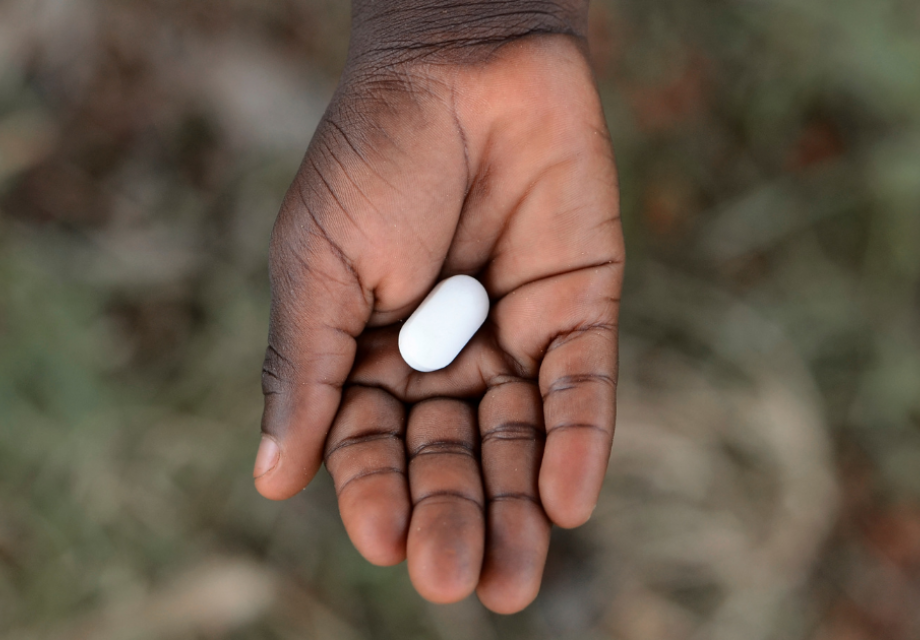Life expectancy for people with HIV is now near-normal – but only for those accessing treatment
Caitlin Mahon
15 May 2017
There has been a vast decline in mortality among people with HIV who get on antiretroviral treatment – but who are we leaving behind?
People living with HIV in North America and Europe now have a near-normal life expectancy, according to new research published in the Lancet last week. But with the release of the ground-breaking news, where are we failing?
People are living longer, thanks to treatment
According to the new research, which retrospectively analysed data from 88,504 patients starting treatment over three-year periods between 1996 and 2010, life expectancy rose by nine years for woman, and ten years for men. This means that a 20 year-old person living with HIV in these regions, starting treatment after 2008, can now expect to live to 78.
This figure is very much reflective of the improvements in antiretroviral agents, along with the expanded access of effective HIV treatment and care programmes. Antiretroviral drugs are less toxic, with fewer side-effects. Screening and managing drug resistance is easier, and we now have more options for switching drugs in the event that resistance occurs. The onset of opportunistic infections and screening for and managing other related co-morbidities is better integrated into programming – meaning people with HIV are experiencing better health outcomes.
Life expectancy outside of high-income countries
However, in low- and middle-income countries, the life expectancy picture isn’t as clear. Whilst there have been fewer studies undertaken, there’s certainly been a marked decline in deaths from HIV.
In South Africa, the country with the largest population of people living with HIV, a recent study also showed life expectancy to be near normal for those people who started treatment early. However, many health system and structural challenges will have to be overcome for every person living with HIV in South Africa, and other developing economies, to experience the positive health outcomes related to starting treatment early.
Accessing treatment and staying on it for life present a very different reality to those people living with HIV in developed countries.
Treatment barriers
For a young 20-year old living in a poorly resourced setting, the challenges involved in getting tested, accessing treatment and staying on treatment for life present a very different reality to those people living with HIV in developed countries.
Health system challenges relating to drug procurement and drug stock-outs, and the availability of second-and third-line drugs are an everyday occurrence in low- and middle-income countries. As are more basic poverty-related issues such as being able to travel to a clinic to collect treatment.
Social challenges relating to gender norms and stigma towards people living with HIV are also heavily prevalent and major barriers to treatment access. Young adolescent girls, the group most affected by HIV around the world, are frequently unable to seek the support needed to stay on treatment for life.
Other key population groups, notably people who inject drugs – the only group from the recent Lancet study not to have improvements in life expectancy – are marginalised and highly unlikely to come forward for health services unless they are specifically targeted through effective programming.
In addition, one cannot underestimate the psychosocial impact of myths relating to HIV – people are scared, and this stops them getting tested and staying on treatment.
Increasing testing to realise global targets
Crucially, around 40% of the 37 million people living with HIV globally do not know that they are living with the virus. Therefore, without the drive to test for HIV, the positive gains made in life-expectancy will be realised only by those who are able to access treatment early.
This further stresses the fact that the global goal of ending AIDS by 2030 – with UNAIDS ‘Fast-Track’ targets calling for 90% of all people living with HIV to be aware of their status, 90% on treatment, and 90% virally suppressed – can only be achieved with improved and targeted testing and counselling.
Not forgetting prevention…
Perhaps even more critical, is the continued need to invest in prevention initiatives. “Reducing new infections should remain a priority so that a life on ART can be avoided in the first place,” says AVERT CEO Sarah Hand. “While the drugs now are entirely manageable and effective, it is still an enormous personal and economic cost we should be aiming to avoid. This is not a cost resource-poor countries can sustain.”
In countries where the burden of HIV is highest, these costs can be crippling. South Africa has the largest treatment programme globally, predominantly funded by domestic resources. The country now invest more than US$1.5 billion annually to run HIV and AIDS programmes.
Globally the cost of an effective HIV response is also substantial. Most recent UNAIDS estimates indicate that some US$ 26.2 billion will be required for the global response to the epidemic in 2020.
What now?
The news from the Lancet this week is positive and shows that treatment is one of the key success stories of the response to the HIV epidemic. The findings show us what is possible if people living with HIV have access to effective HIV treatment and support programmes.
In theory, we have all the tools necessary to keep people living with HIV healthy into old age and to prevent further new infections. Now we must propel resources towards both prevention and treatment programmes to realise these benefits and not step backwards in our efforts to end AIDS by 2030.
Get our news and blogs by email
Keep up-to-date with all our latest news stories and blogs by signing up to the Be in the KNOW news digest.
